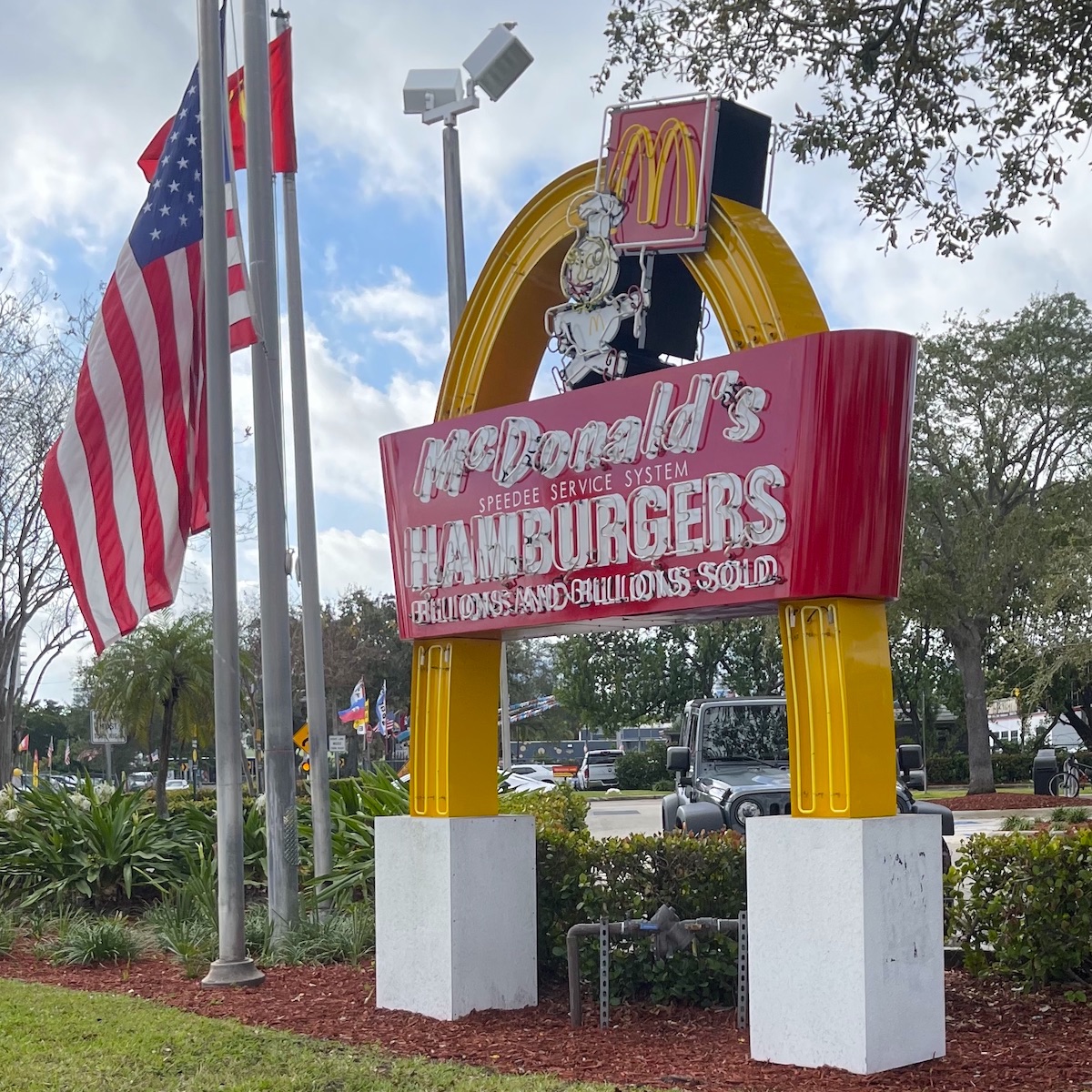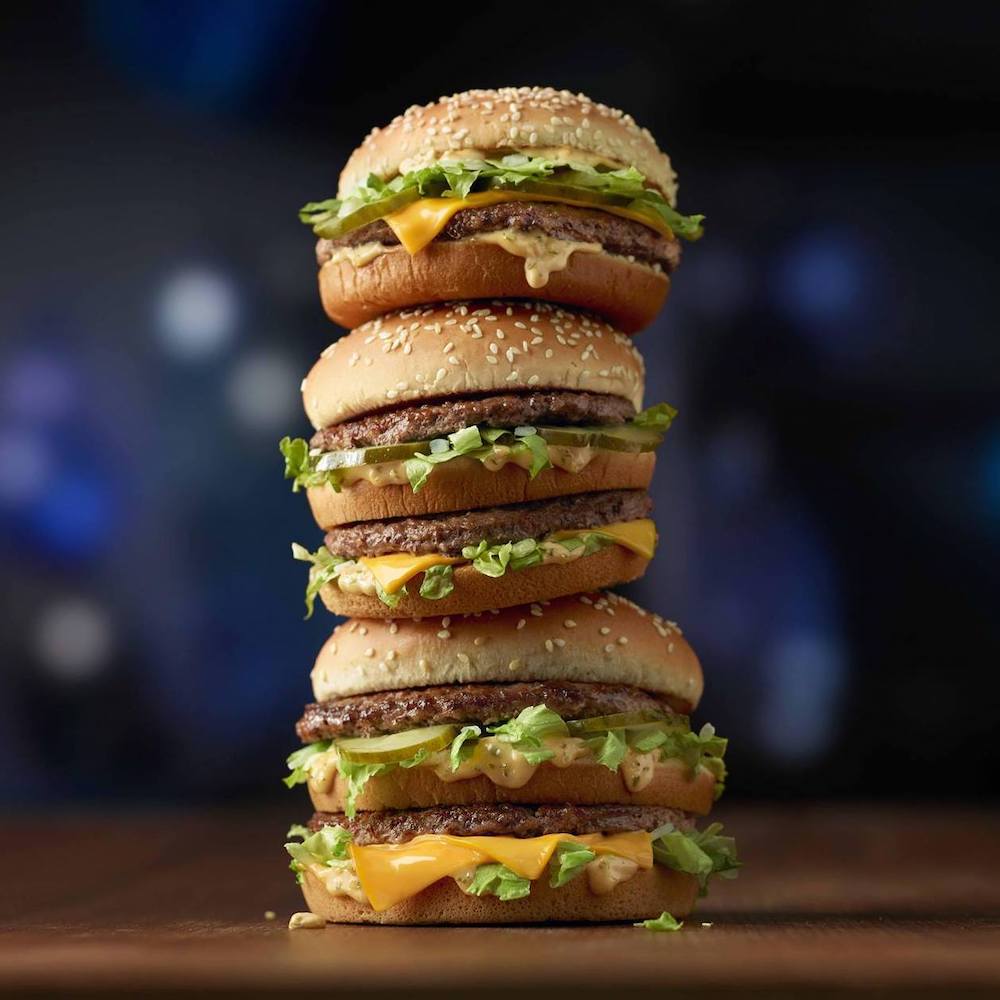
McDonald’s is more than just golden arches and Big Macs—it’s a cornerstone of fast-food culture that reshaped how the world dines.
From its humble beginnings as a modest barbecue restaurant in San Bernardino, California, to becoming a global icon serving millions daily, McDonald’s story is one of innovation, ambition, and transformation.
Join me as I dive into the history of McDonald’s and uncover how it grew from a small family business into a fast-food empire that forever changed how we eat


McDonald’s History Table of contents
The Origin of McDonald’s
The McDonald’s story begins in 1940 when brothers Richard and Maurice McDonald opened a barbecue drive-in restaurant called McDonald’s Bar-B-Q in San Bernardino, California. Their innovative Speedee Service System, which streamlined food preparation to increase efficiency, set the stage for a revolutionary approach to fast food.
By 1948, the McDonald brothers revamped their restaurant into a self-service model focusing on hamburgers, fries, and beverages. This move simplified the menu and enhanced efficiency, allowing them to offer food at lower prices. This new concept, known as the “Speedee Service System,” became the blueprint for modern fast-food restaurants.
Ray Kroc Enters the Picture
In 1954, Ray Kroc, a milkshake machine salesman, learned that the McDonald brothers were using eight of his Multimixer machines in their San Bernardino location. Intrigued by their success, Kroc visited the restaurant and recognized its national franchising potential.
Kroc convinced the brothers to let him franchise McDonald’s restaurants across the United States. In 1955, he opened the first McDonald’s franchise in Des Plaines, Illinois, establishing the McDonald’s Corporation.
Kroc’s aggressive franchising strategy and emphasis on consistency and quality control allowed McDonald’s to expand rapidly. By the end of the 1950s, 100 McDonald’s restaurants were nationwide.
The Birth of the Golden Arches


The iconic Golden Arches were introduced in 1962 when McDonald’s revamped its branding and architecture. Designed by architect Stanley Meston, the arches were meant to be eye-catching and memorable, representing consistency and quality.
In 1968, McDonald’s adopted the “M” logo, which has since become one of the most recognizable symbols in the world.
Menu Evolution and Innovation


While the original menu focused on hamburgers, fries, and drinks, McDonald’s expanded its offerings over the years. The Big Mac, introduced in 1967 by franchisee Jim Delligatti in Pittsburgh, quickly became a staple. Other notable additions include the Egg McMuffin (1972), Happy Meal (1979), and Chicken McNuggets (1983).
As consumer preferences evolved, McDonald’s continued to adapt its menu with healthier options, limited-time offers, and culturally relevant dishes across its international markets.


Global Expansion
By the 1970s, McDonald’s was already expanding internationally. The first overseas location opened in Canada in 1967, followed by locations in Puerto Rico, Japan, Germany, and Australia. McDonald’s operates in over 100 countries, serving approximately 69 million customers daily.
Modern Challenges and Innovations
In recent years, McDonald’s has faced challenges related to health concerns, environmental impact, and changing consumer tastes. The company has introduced initiatives such as “Made for You” cooking systems, all-day breakfast, and sustainability efforts focused on packaging and sourcing to address these issues.
McDonald’s Today


From a single drive-in barbecue stand to a global fast-food juggernaut, McDonald’s has continually reinvented itself to stay relevant. Its focus on consistency, branding, and innovation has cemented its place as the world’s leading fast-food chain.
What started as a small, family-owned operation in California has become a cultural icon with over 38,000 locations worldwide. McDonald’s journey is a testament to the power of innovation, franchising, and the relentless pursuit of growth.
McDonald’s World Famous French Fries


When you think of McDonald’s, it’s almost impossible not to picture their world-famous French fries.
The Origins of McDonald’s Fries
For the last seventy years, fries have been a priority for McDonald’s, dating back to when Mac McDonald dedicated himself to perfecting their recipe. In the early days, the fries were fresh-cut from Idaho Russets.
Interstate Foods, McDonald’s shortening supplier, was a small operation lacking the equipment to produce the partially hydrogenated oil commonly used for frying. Instead, Interstate Foods founder Harry Smargon developed a unique alternative—a blend of 7% vegetable oil and 93% beef tallow.
This combination resulted in fries that were crispy on the outside, soft on the inside, and packed with flavor. It was this beef tallow blend that gave McDonald’s fries their signature taste.
Ray Kroc’s Quest for Perfection
When Ray Kroc entered the picture in 1954, he recognized that the fries were a critical component of what made McDonald’s stand out. Plenty of places offered decent burgers, but few could deliver fries of McDonald’s caliber.
Kroc made consistency a priority. He sent field men with hydrometers to ensure McDonald’s potato suppliers produced spuds with ideal solids content—between twenty to twenty-three percent. Potatoes with too much water risked producing soggy fries, so maintaining consistency was essential.
The Curing Process
The sugars in potatoes needed to convert to starch to achieve the desired crispiness. Kroc perfected a curing process by storing potatoes in the basement of his first restaurant under a giant fan, a ritual that contributed to producing the perfect fry.
He also hired electrical engineer Louis Martino to develop a “potato computer” that standardized cooking times across all McDonald’s restaurants. This innovation guaranteed that they would always be golden and delicious no matter where you ordered fries.
The End of Fresh-Cut Fries
By 1966, Kroc began phasing out fresh-cut fries. However, the secret weapon—Formula 47, the signature cooking oil blend—remained unchanged. Formula 47 was named after McDonald’s “All-American Meal,” which featured a 15-cent burger, 12-cent fries, and a 20-cent milkshake.
Around this time, Kroc crossed paths with J.R. Simplot of Boise, Idaho, the largest frozen potato producer in the U.S. Simplot had perfected a method for growing ideal Idaho Russets year-round. After a handshake deal with Kroc, Simplot built a factory to produce fries exclusively for McDonald’s.
The Health Movement of the 1980s
For decades, McDonald’s set the gold standard for French fries. But in the 1980s, the health-conscious movement began to gain traction. On July 23, 1990, bowing to public pressure over the saturated fat content, McDonald’s switched to a vegetable oil blend. The change was promoted as healthier, with less cholesterol and saturated fat. However, the new oil was high in trans fat, which proved to be even worse health-wise.
More importantly for fry enthusiasts, the flavor suffered. While McDonald’s has continued to tweak their fries over the years, the taste from the pre-1990 glory days has never been fully replicated.
A Final Potatoey Thought
One last note: The current version of McDonald’s fries is not vegan or vegetarian-friendly. So, maybe there’s still hope for a return to the original beef tallow recipe someday.
Looking for am ore in depth history of McDonald’s? Pick up a copy of my book, All About the Burger!







